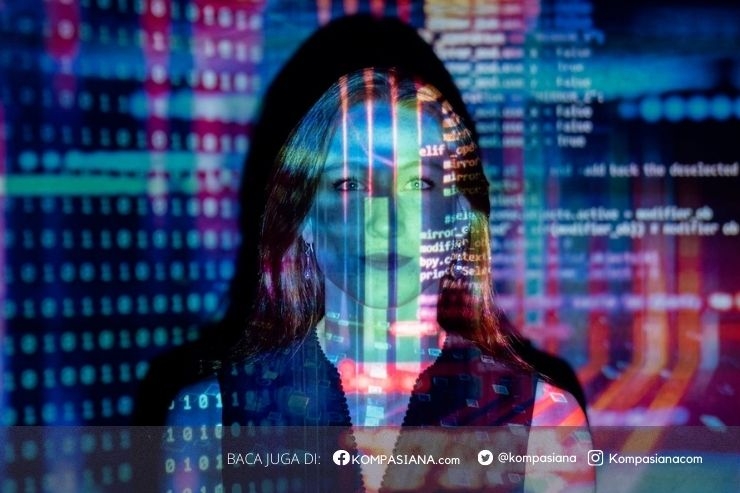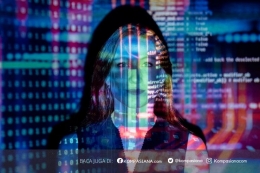The Impact of Social Media on Communication
Dinda Pratiwi, Nurlaili, Arman Rizal Maulana
English Language Educations Study Program, Universitas Islam Negeri Mataram
According to the world, the impact of social media on communication has dramatically changed the way people connect, share information, and communicate, replacing traditional communication methods. As time progresses, platforms like Facebook, Twitter, Instagram, Tiktok, and LinkedIn have transformed communication from in person meetings, phone calls, and letters to fast, anytime, anywhere online messaging. This makes it easier for people to maintain relationships, exchange ideas, and get news quickly, creating a more connected world.
However, this fast change also brings problems. While social media allows people to connect quickly, interactions often become shallow rather than deep and meaningful conversations. For example, constant use of digital devices can disrupt concentration and reduce attention, affecting how people communicate both online and offline.
On the other hand, social media can sometimes become a growing ground for fake news, hoaxes, and echo chambers where people only see views that share their own, which can lead to division. Concern about privacy and online bullying have also appeared with the rise in social media usage, negatively impacting users' mental health and sense of safety. For instance, social media remains a vital tool in modern communication, providing newopportunities for connection, collaboration, and self expression.
Furthermore, social media has transformed the way we communicate by making it more accessible, fast, and global, but it also presents challenges that require users to hone their critical thinking skills and understand digital technology. For example, understanding the advantages and limitations of social media is crucial to effectively use its role in today's communication and maximize its benefits for positive social interactions and more informed communities.
In conclusion, while social media makes communication faster, easier, and more expensive, it's important for individuals and communities to use these platforms mindfully and responsibly. By recognizing the benefits, such as better connections, information sharing, and social engagement, as well as the negative impacts, such as misinformation, reduced in person interaction, and privacy concerns, we can build healthier communication habits.
Reference:
Chen, X., & Wei, S. (2020). The impact of social media use for communication and social exchange relationship on employee performance. Journal of Knowledge Management, 24(6), 1289--1314. https://doi.org/10.1108/JKM-04-2019-0167
Floreddu, P. B., & Cabiddu, F. (2016). Social media communication strategies. Journal of Services Marketing, 30(5), 490--503. https://doi.org/10.1108/JSM-01-2015-0036

![[media] Menyalakan Harapan di Tengah Badai, Bersama Media yang Berintegritas](https://assets-a2.kompasiana.com/items/album/2025/09/01/mhsiswa2-68b5a080c925c4498c7d9902.jpg?t=t&v=100&x=100&info=meta_related)





